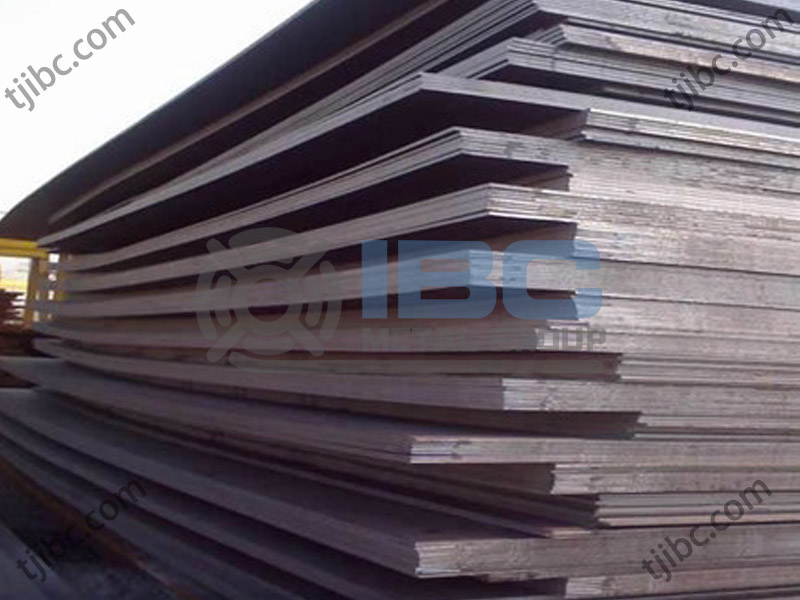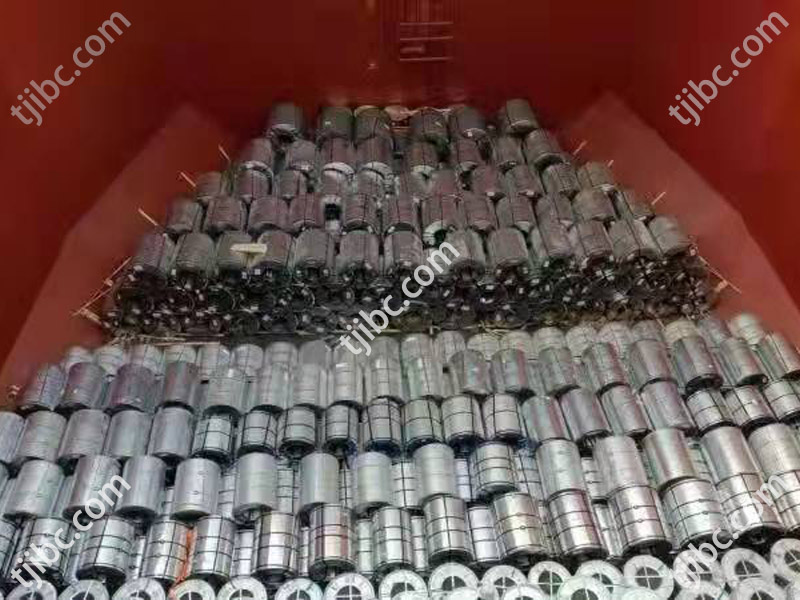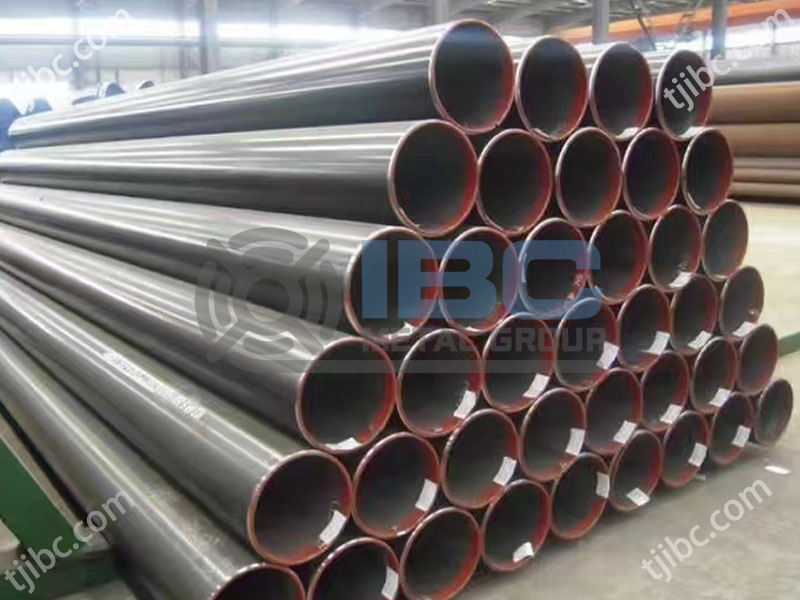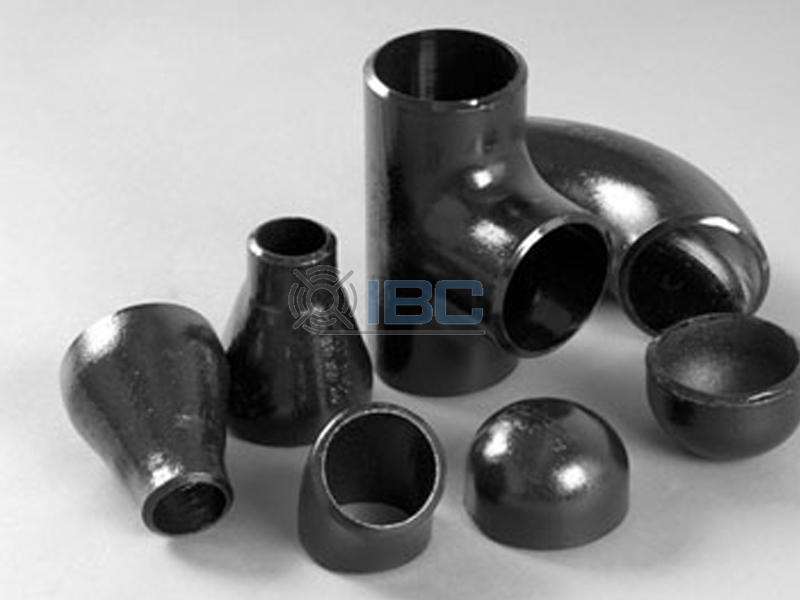With the development of economy and the increasing demand for high-quality, large-area decorative materials in construction, advertising and other industries, the market prospect of aluminized silicon plate is very broad. It is not only widely used in indoor and external walls, ceilings and other building parts, but also plays an important role in billboards, electronic workshops and other fields.
Basic Operation Procedure
1. Prepare
First, the worker determines the material and size of the substrate. And prepare the required raw materials, equipment and plating solution.
2. Substrate surface treatment
The substrate is thoroughly cleaned and pre-treated. It usually includes steps such as oil removal, pickling and water washing. It can ensure that the substrate surface is clean and finish as required. The clean surface helps to increase the bond between the coating and the substrate.
3. Coating preparation
Workers will aluminum and silicon materials in a certain proportion to prepare a suitable plating solution. They then deposit aluminum and silicon ions in the bath on the surface of the substrate by electrolysis or other methods. This creates a coating of aluminum-silicon alloy. In this process, workers need to precisely control the temperature, pH value, current density and other parameters of the bath. This ensures uniformity and density of the coating.
4. Post-processing
After the coating is formed, a series of post-treatment steps such as cleaning, drying and possibly heat treatment are carried out. These steps are designed to remove impurities from the surface of the coating and improve the crystallinity and densification of the coating, thereby further enhancing its performance.
Performance of Aluminized Silicon Plate 1
- Corrosion resistance and high temperature stability
The plate forms an aluminum-silicon alloy layer on the surface of the steel plate, which has excellent corrosion resistance and high temperature stability, thus significantly enhancing the weather resistance, corrosion resistance and high temperature resistance of the steel plate. Whether in high humidity, high salinity or high temperature environment, it can show good stability and durability.
- Thermal reflectance and thermal radiation capacity
It has high thermal reflectivity and thermal radiation capacity, which can effectively reflect the thermal radiation of sunlight, reduce the indoor temperature of the building, and thus improve the energy efficiency ratio of the air conditioner. This characteristic makes aluminized silicon plate have broad application prospect in the field of building energy saving.
Performance of Aluminized Silicon Plate 2
- Electromagnetic shielding performance and seismic performance
It also has good electromagnetic shielding performance and seismic performance, which can effectively protect the safety of equipment and personnel. This makes it valuable for a wide range of applications in electronic equipment, communication equipment, and areas requiring seismic performance.
- Mechanical strength and corrosion resistance
This steel plate also has excellent performance in mechanical strength, especially in high temperature environments, and its strength is much higher than that of ordinary aluminum plates. At the same time, the Al2O3 protective layer on the surface is not only stable but also has strong self-healing function, which can effectively prevent the steel plate from being corroded.
- Easy to process and clean
Its surface is smooth, easy to clean and maintain, while having good processing properties, easy to make into a variety of shapes and structures.

Contact with us today!



